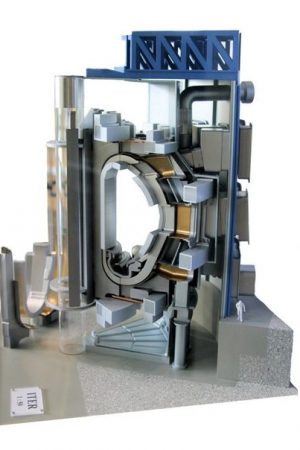- Client: European Commission - DG Energy
- Implementation period: October, 2017 - April, 2018 (Completed)
- Geographic coverage: European Union
- Theme: Energy
- Topic:
- Experts: Koen Rademaekers, Matthew Smith, Stephan Slingerland, Onne Hoogland, Rob Williams, Jessica Yearwood Travezán, Niclas Gottmann
What are the impacts of the nuclear fusion research megaproject ITER?
Given the large investment in ITER and the very long lead time to the potential application, policy makers and the general public have a right to be informed about the short-term impact of ITER as well as about the expected mid and long-term impact. The key benefits, apart from job creation and the long-term perspective of fusion energy generation, are the economic spin-offs of these activities in terms of high and low-tech employment in the EU and its contributions to EU international competitiveness.
This study assessed the benefits stemming from the European contribution to ITER (managed by Fusion for Energy – F4E) and will be used as a communication tool, as well as input for the mid-term review of F4E (end of 2017) and to support further funding requests under the Multiannual Financial Framework to be prepared by the European Commission in 2017. Our study was conducted in collaboration with Cambridge Econometrics; it ran from October 2017 to April 2018.

The key findings of the project are:
- F4E spending on ITER is having a significant economic impact. It is delivering almost equal returns in increased GVA in the EU economy and has created 34 000 job years in the period of 2008-2017.
- Case studies performed as part of the analysis demonstrate that there are clear financial benefits for participating firms from spin-offs and spin-outs stemming from contracted work on the ITER reactor.
- ITER compares quite favourably on return on investment to other Big Science projects in Europe.
- In the medium to long-term, there is likely to be a positive return on investment from the EU commitment to ITER.